LUCID
Explore common dreams
Dreams are universal experiences
Dreams are a phenemonon where our mind creates stories and images while sleeping. However, they are intangible. Thus, not only is it difficult for one to visualize, but so is sharing the visualization to others. What if we can bring these dreams to life and make it a shared experience with one another?
The mission
the human disconnect
our goal is to create an emotionally charged and interpretive experience by creating a space where users can interact with dreams. We also want to educate the audience on how dreams work in an expressive environment.

Stages of Sleep
Dreams are a complex phenonmenon that we all experience. Part of that journey includes the stages of sleep that a person undergoes in order to lucid dream. Project LUCID will allow people to experience the different phases of sleep so that people can fully grasp the phenonmenon.

Stage 1
slow eye movements
brain activity slows down
hypnic jerks/abrupt muscle spasms
falling sensations
drifting in and out
Stage 2
first actual stage NREM sleep
awakenings/arousals do not occur as easily
slow moving eye rolls discontinue
bursts of rapid activity known as sleep spindles
body temperature begins to decrease
heart rate begins to slow

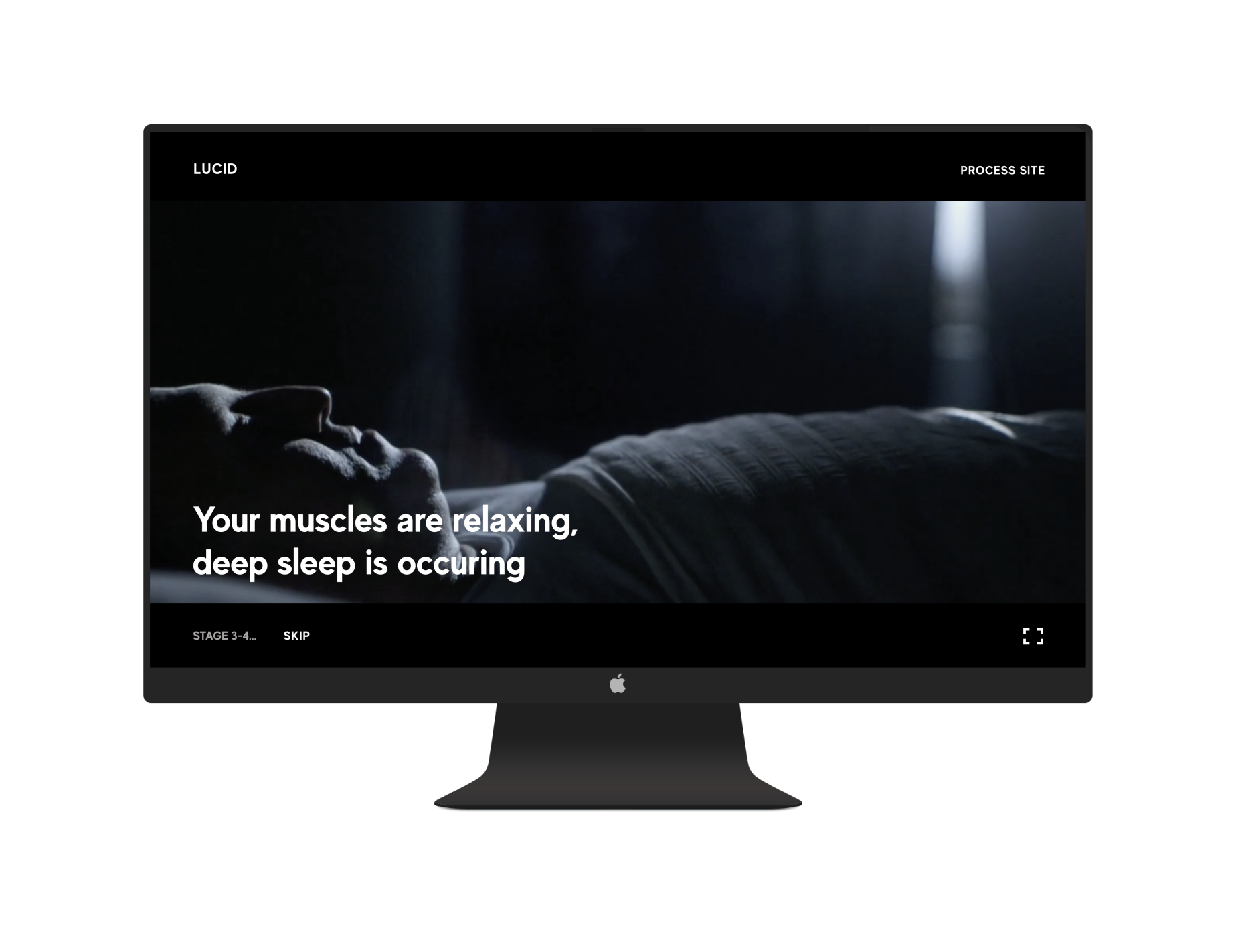
Stage 3
deep NREM sleep
most restorative stage of sleep
stage 3 consists of delta waves or slow waves
awakenings/arousals rare
often is difficult to awaken someone in this stage
parasomnias occur during this stage
Our Common Dreams
It is interesting to point out that though dreams are a unique experience, we all share dream commonalities. As part of our mission to immerse the collective, we want to immerse people into an experience where they realize how connected we all are with the themes of dreams we face. Therefore, we conducted a survey to analyze how common our dreams are.
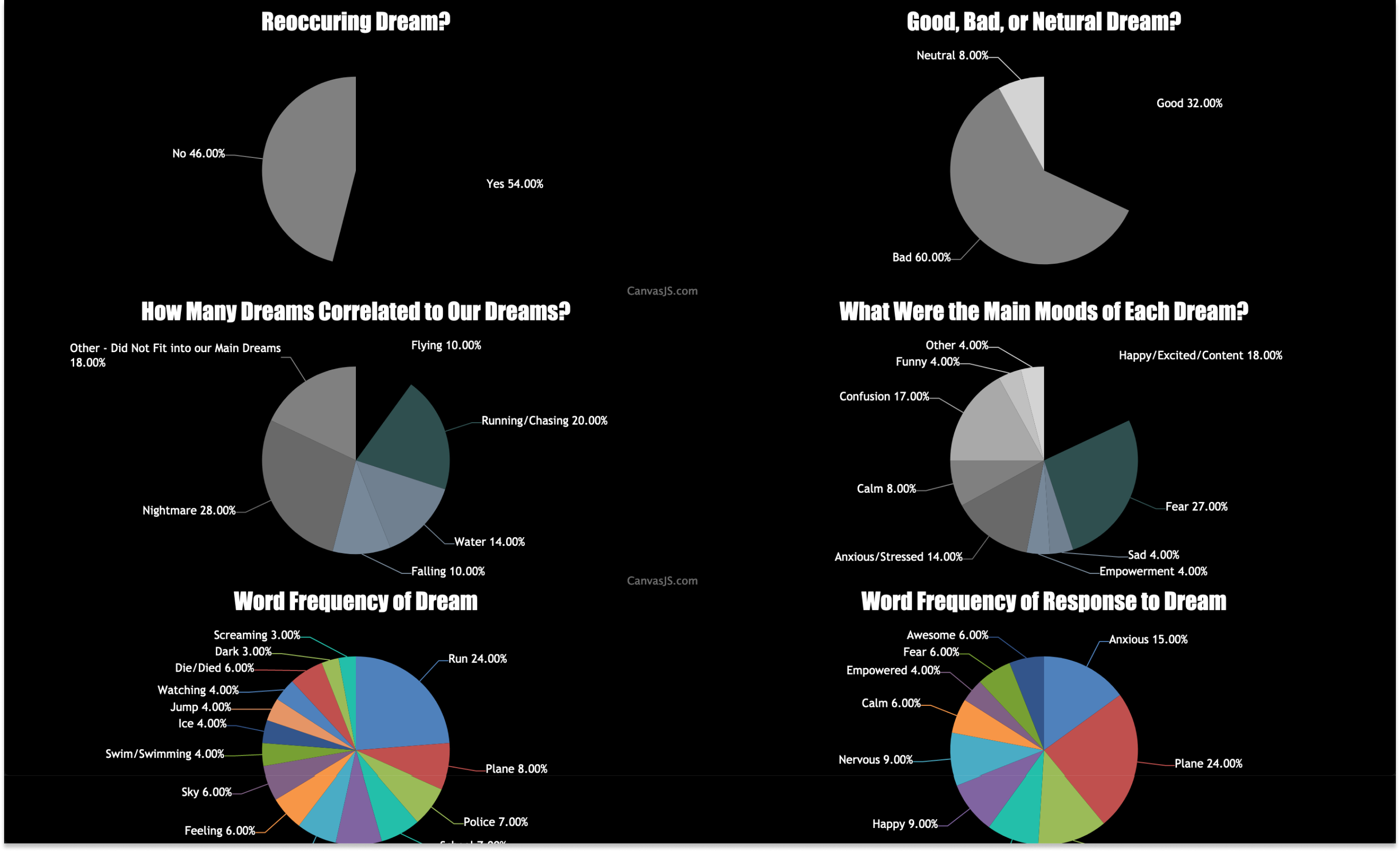
Data Visualization
We used some algorithms in Google Sheets to find the frequency of words and also calculated other data we got from the survey. We organized them into charts to display to the users during the exhibit.
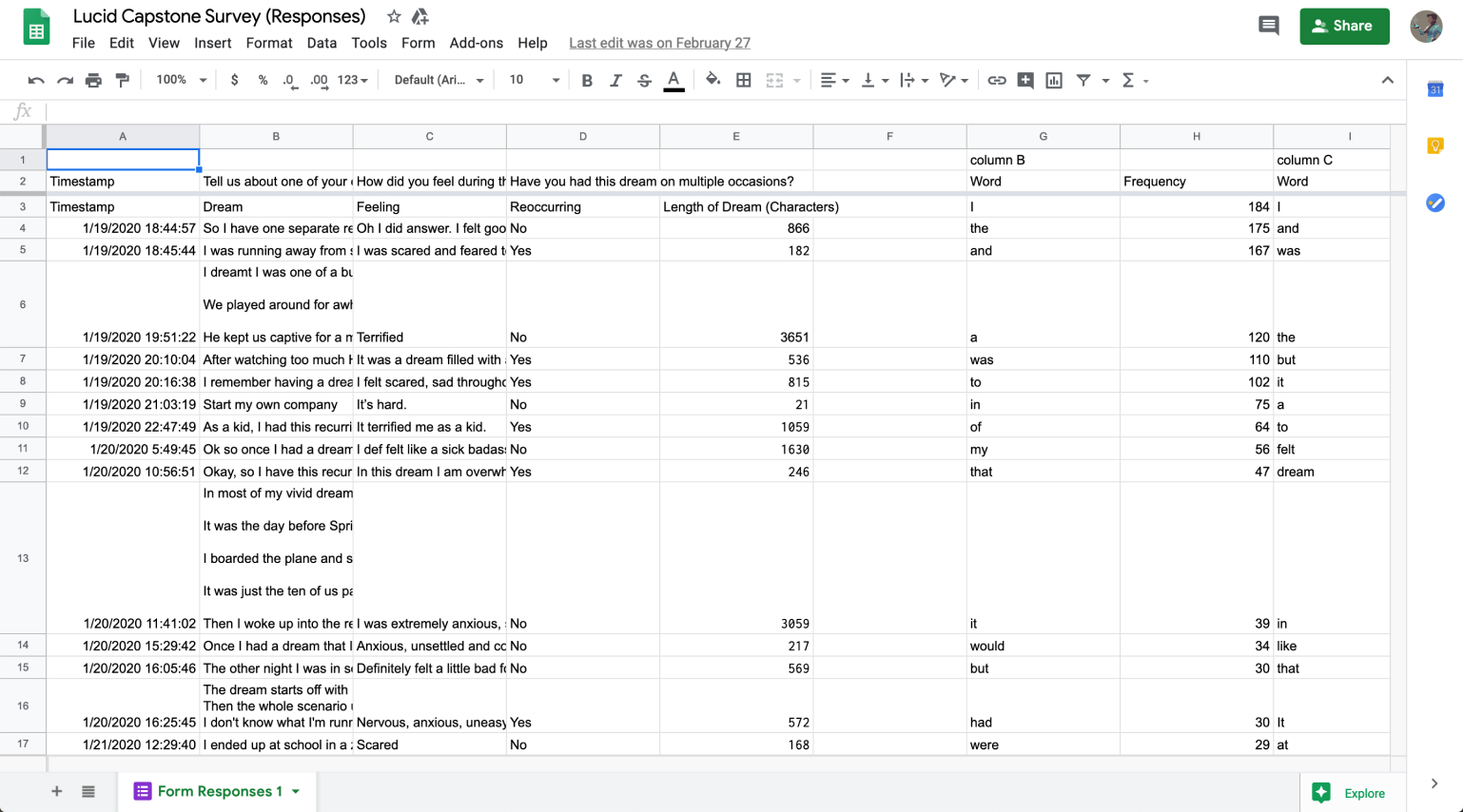

Top dreams
The top common dreams are flying, floating, running, falling, being chased, failing and being naked in public. Interesting enough, these themes are symbolic to how one is feeling. For example, falling is when one may feel out of control. That being said, we created dream sequences based on the most common dreams, which will allow people to see how common we all are.
Dream Visualization
The main experience is visualizing abstractly what a dream is. The top common dreams are flying, floating, running, falling, being chased, failing and being naked in public. Interesting enough, these themes are symbolic to how one is feeling. For example, falling is when one may feel out of control. That being said, we created dream sequences that people have common dreams on, which will allow them to see how common we all are.

The experience
Once you pick a dream to immerse into, users can view the abstraction and are able to manipulate it based on the given instructions. You can also select a different dream to view.
Dream sequences
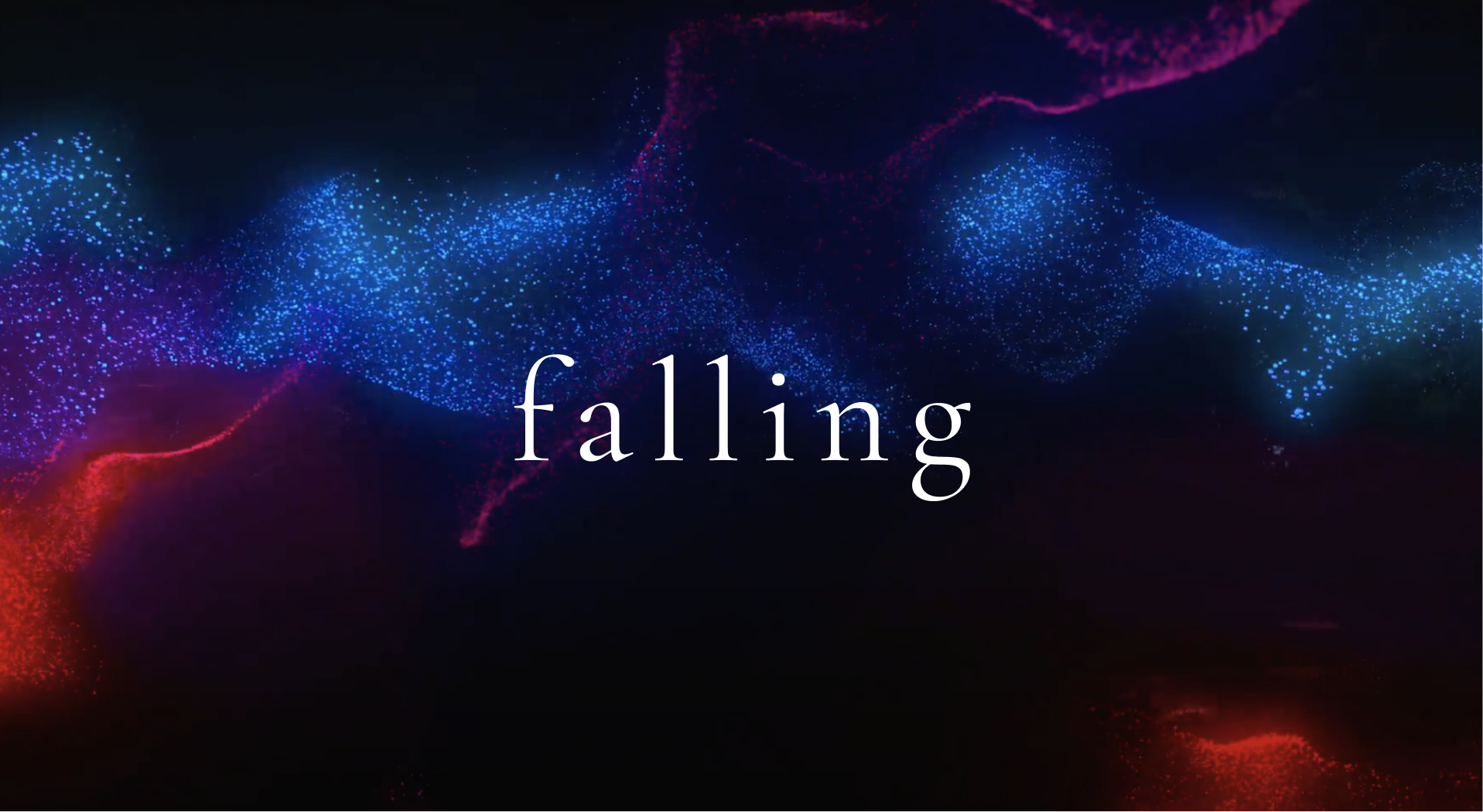
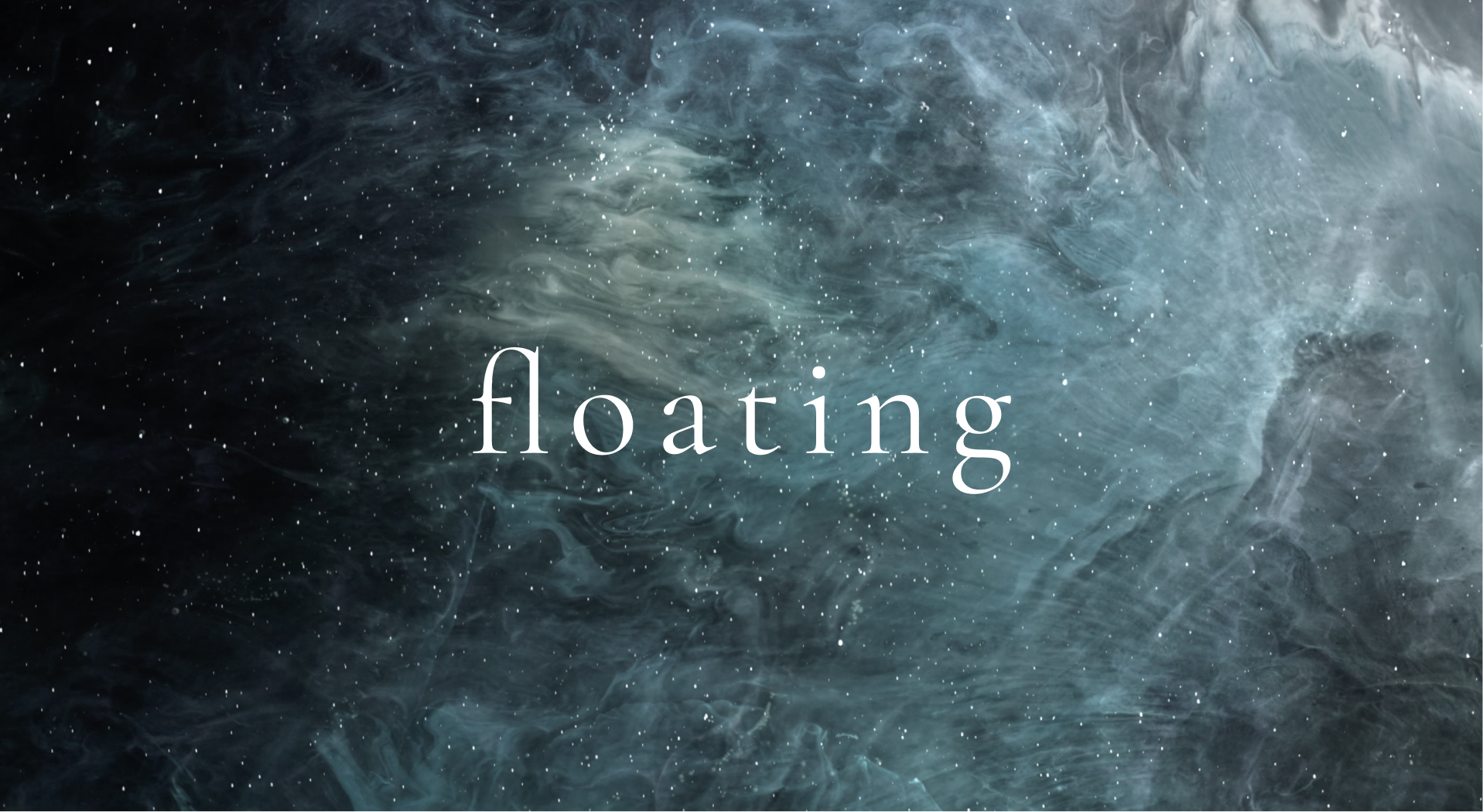

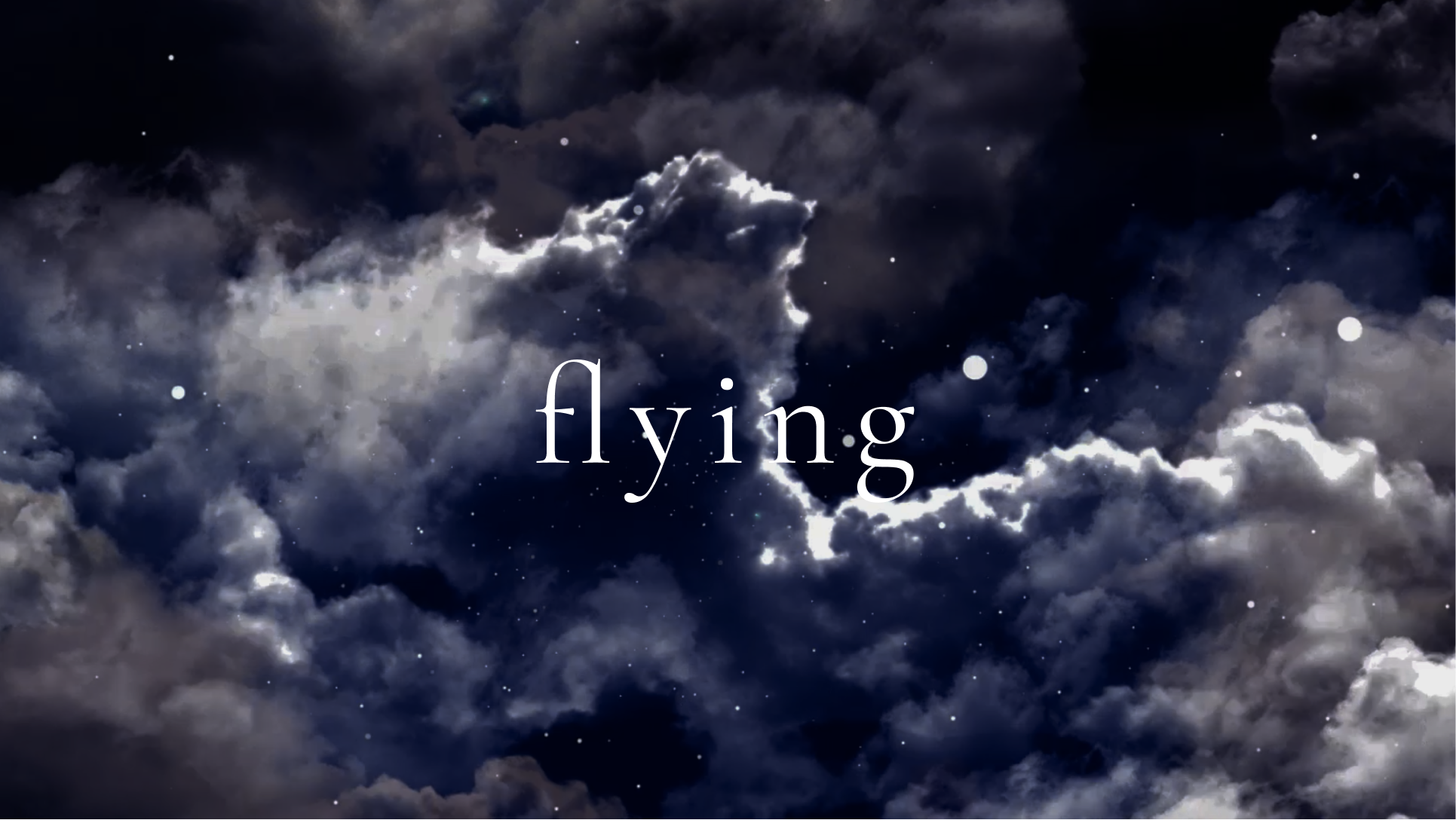
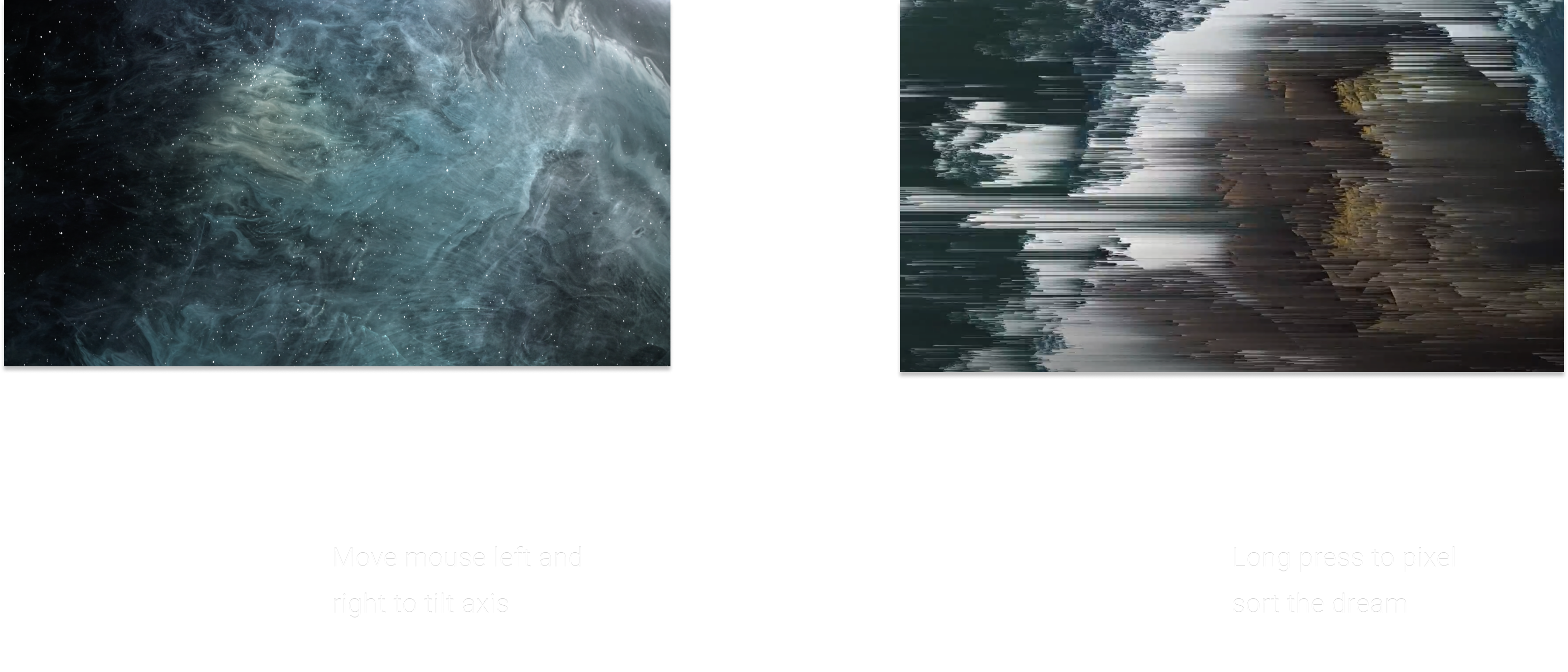
Developing the experience
In order to build the digital and hardware designs we wanted to achieve for our experience, we experiemented with different types of technologies for orb tracking, projector mapping (for our initial experience) and arduinos.
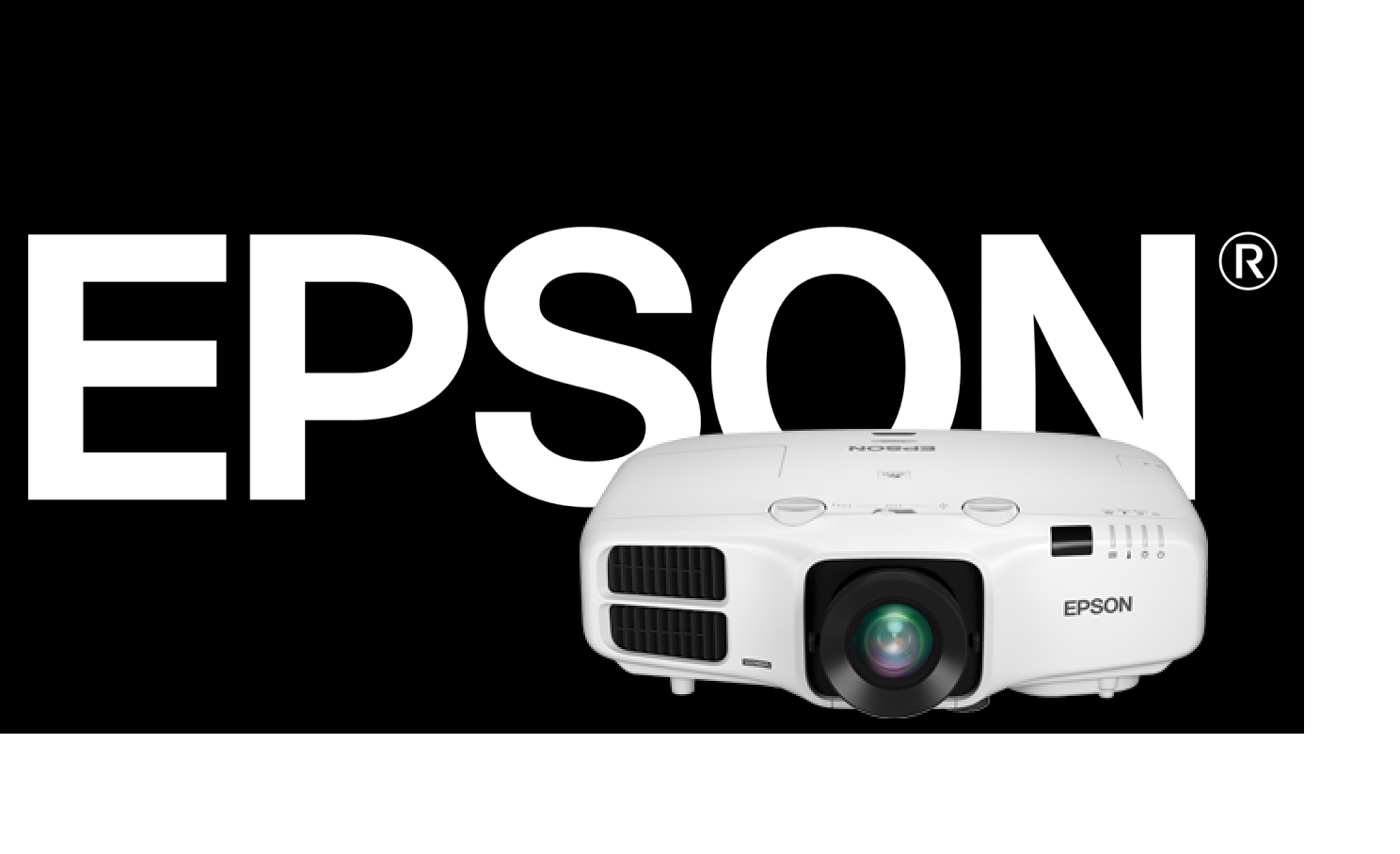
Epson Sponsorship
Due to the large surface area that we wanted to cover, we needed powerful projectors. We reached out to Epson and they sponsored our project by donating 4 of their Home Cinema LS100 Full HD 3LCD Ultra Short-throw Laser Projectors.

The Orb
Even though we are moving away from our exhibition, we still wanted to continue experimenting with the orb. We started experimenting with different types of technologies we could use inside the ball to track the movement and rotation.
We started out with a raspberry pi to interact with wiimotes inside the orbs to give us the data needed for the interactions. After many issues with the technology we moved onto arduinos.
Arduinos
With arduinos we could simplify many steps of the process so we used arduinos with bluetooth and gyro sensor attached. Using arduino scripts to communicate with p5 library we could use the data to interact with the graphics.
We ordered the Arduino Nano 33 BLE Sense, it came with many features including a 9 axis IMU. We tested each component and decided that reading the data from the Accelerometer would help us achieve what we had in mind. In the code snippet, we have made conditionals to provide us with information about the tilt.
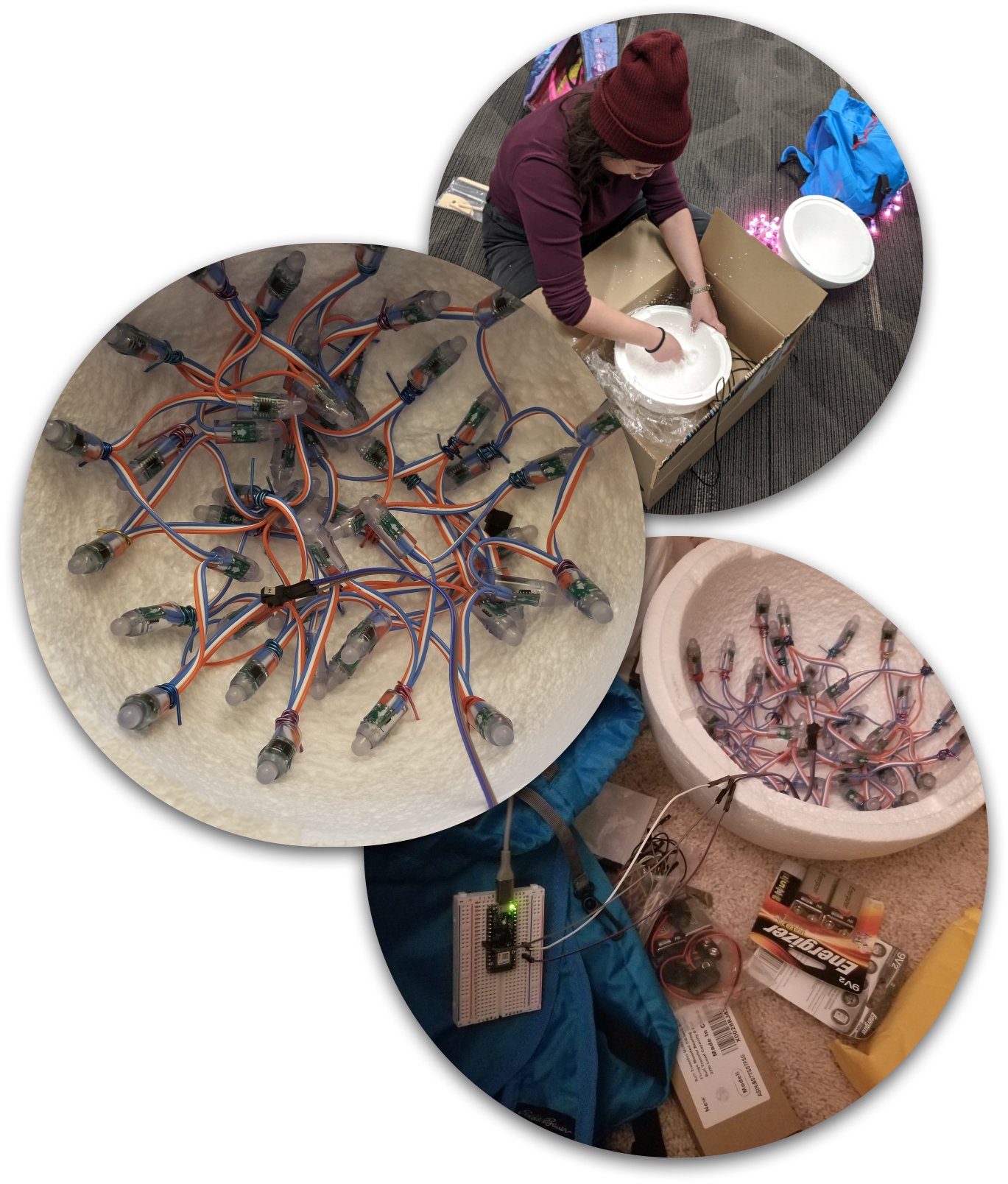
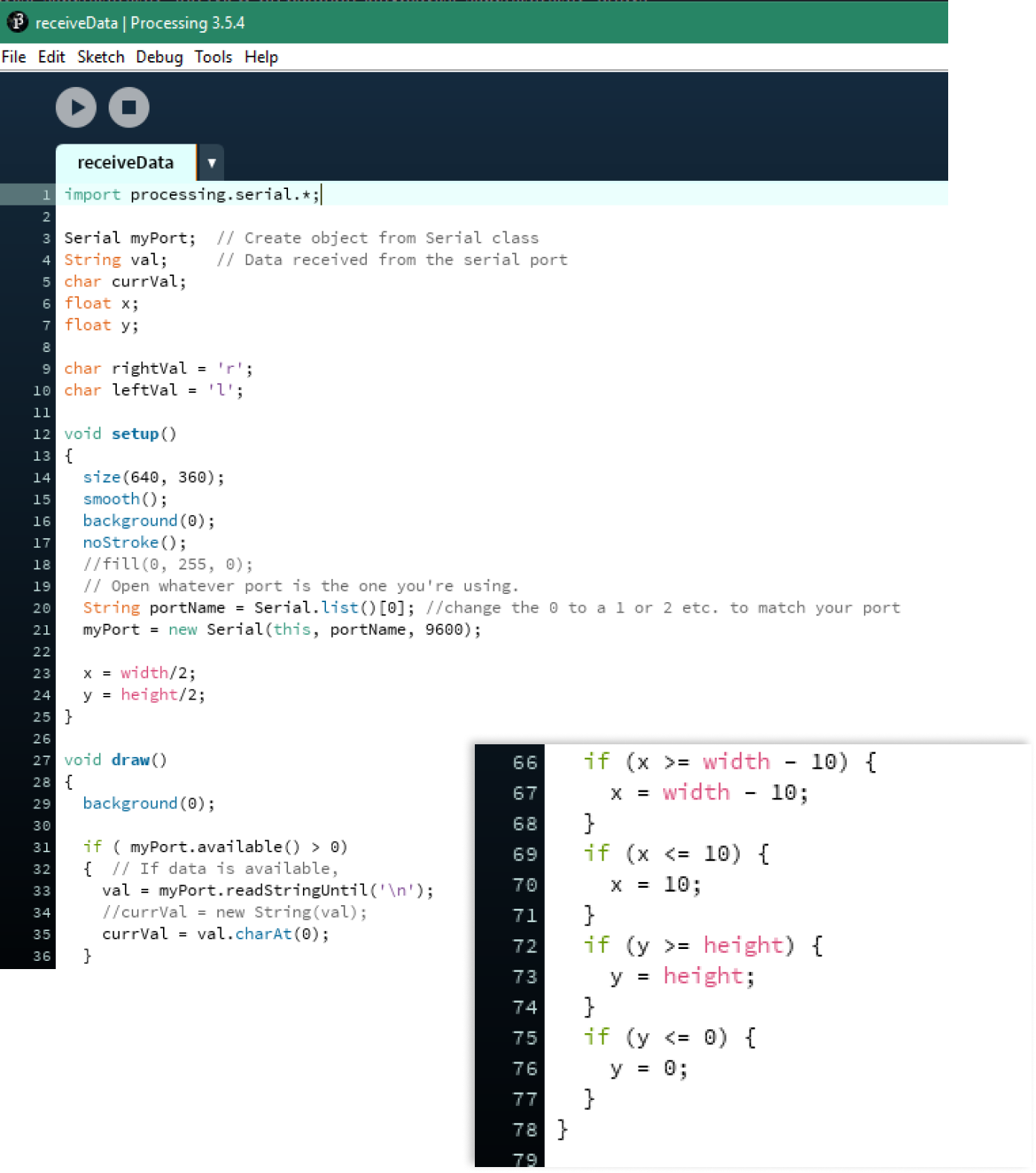
The Code
As seen in the image, if the y value is within a certain range of delta, it will output either 'l' or 'r'. Meaning, you have tilted the Arduino to the left or to the right. From there, the Arduino will output 'l' or 'r' through the Serial, when the Processing program is run it will received the said data. The program will take the input data from the Arduino and move the ball left or right.
Orb Process
The initial vision
Our initial vision involved a podium in the center of the room that would trigger the visualizations once the glowing orb was placed on it. Each glowing orb is a different color to represent the 4 common dreams.
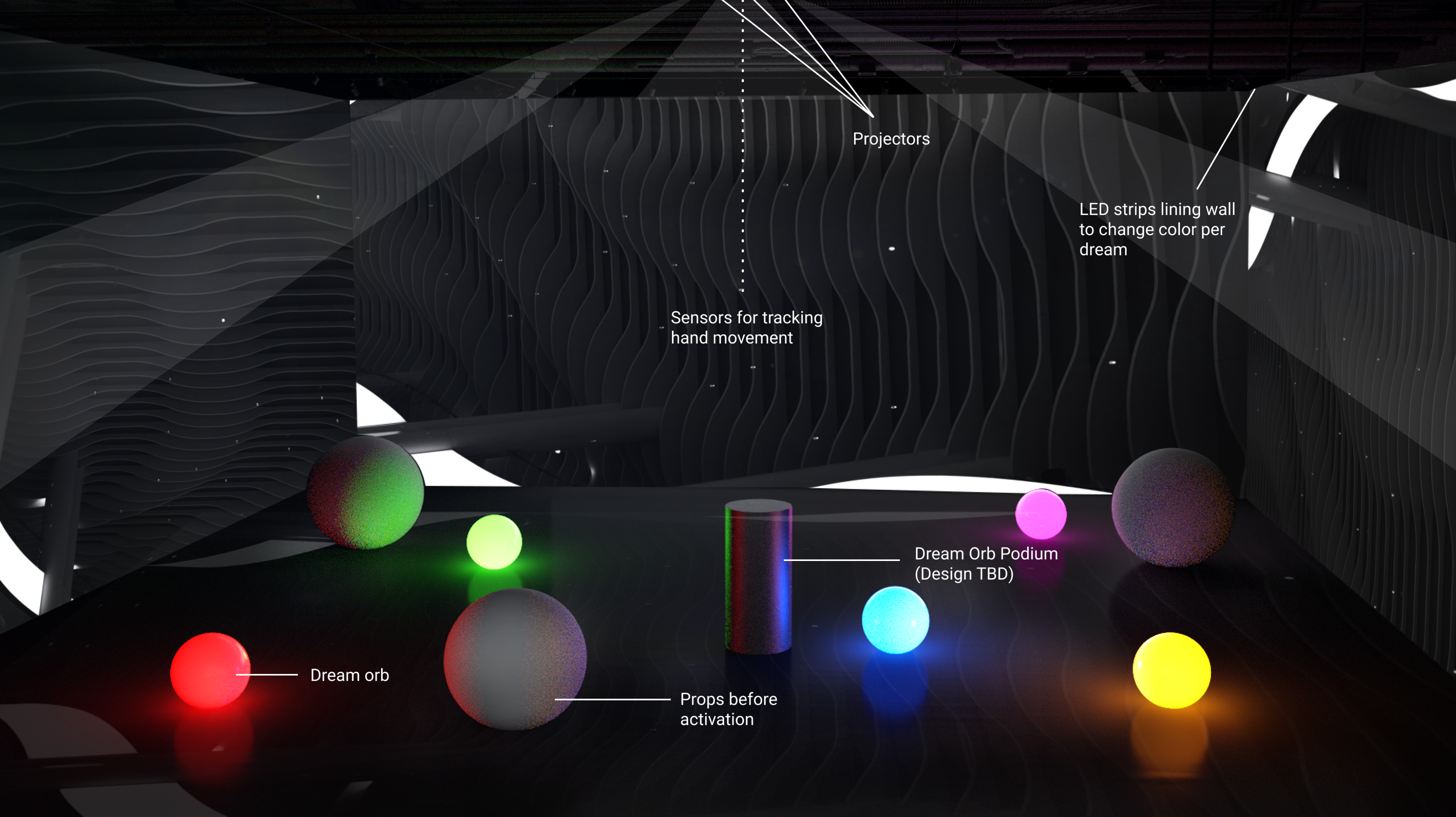
Interactions
The podiums contained sensors to detect whether an object was placed on it. We also placed sensors at the top of the podium to track hand movement over the orb which would help in manipulating the visuals.
Moving forward
Our next steps are to finish desining the interactive website and make sure that it gets developed in time. Overall, we faced many challenges throughout this project, but we're excited to showcase our final project and are happy we were able to experience this level of collaboration.
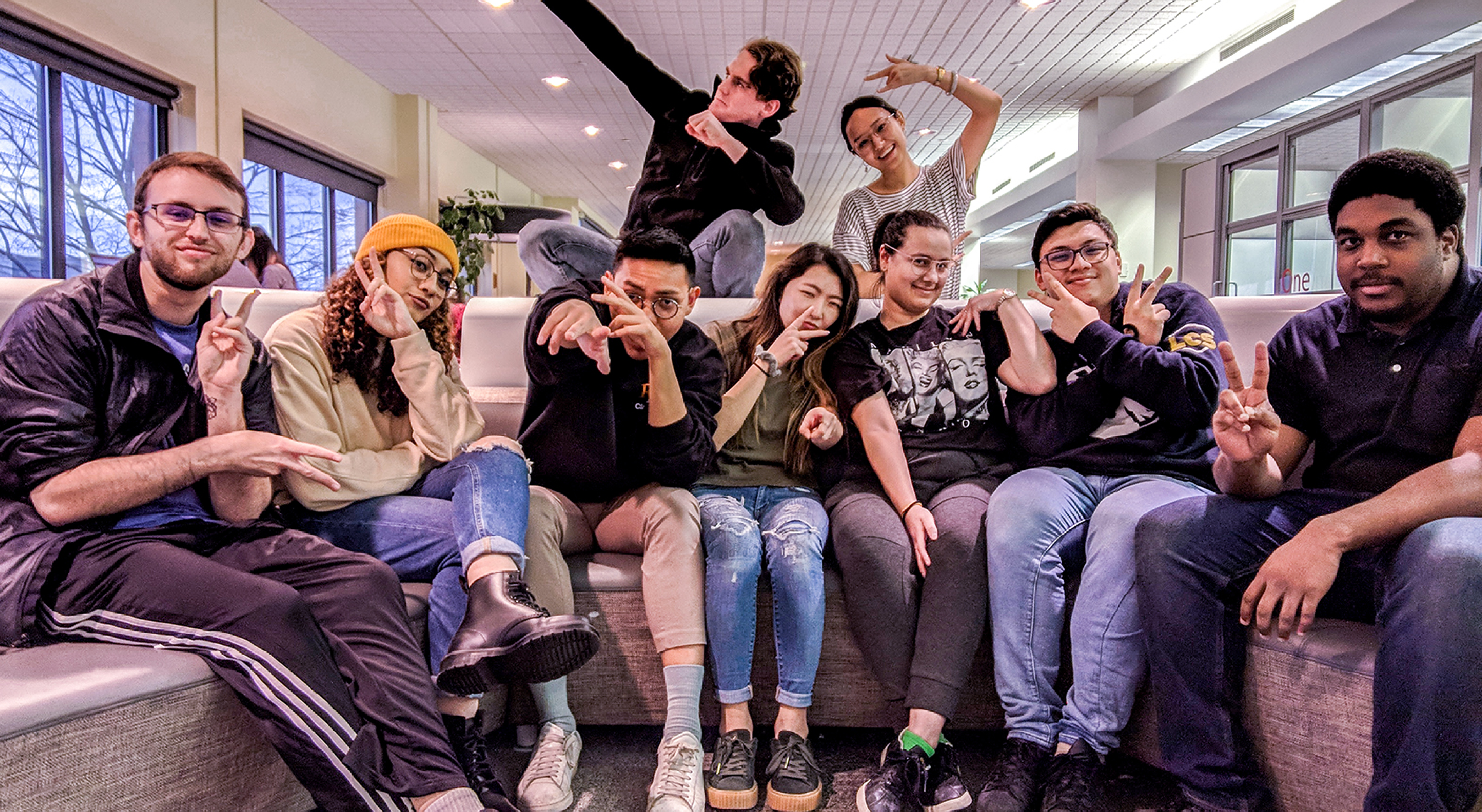
Group
NASHA TORRES - GABE CAGARA - ELENA BERG - JOHN KEEFE - ANDY LOK - ILANA LEVA - NATHAN STOECKLE - CHRISTINE VAN - SEAN LIGHTFOOT
© 2020. Made with ? by the Lucid team